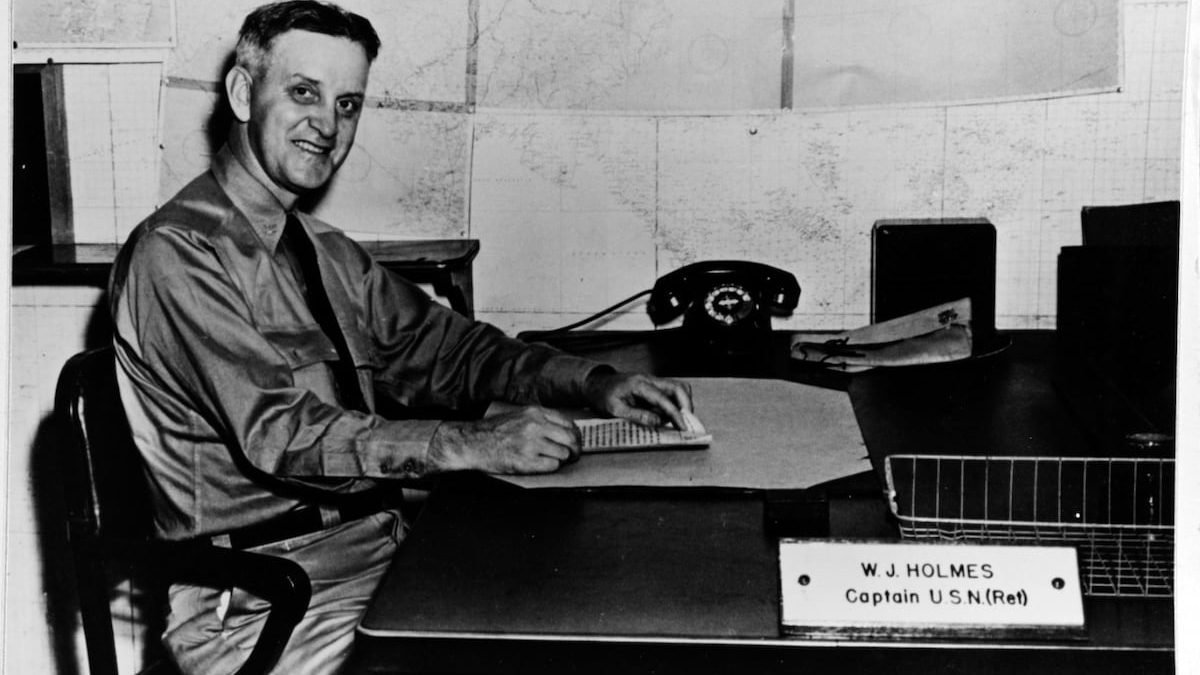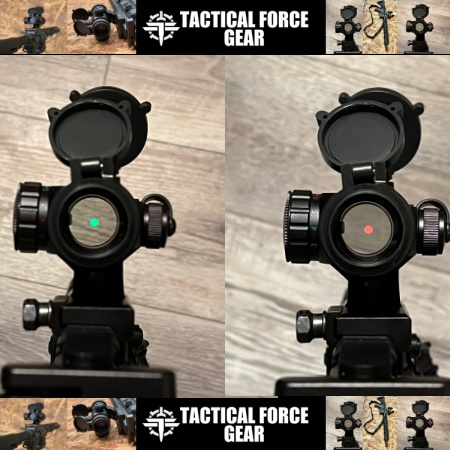“December 7th 1941 was a watershed in the lives of nearly everyone in Hawaii,” wrote Wilfred J. “Jasper” Holmes in his memoir, “Double-Edged Secrets.”
“Monday dawned on a different world with different problems, different objectives, and different schedules, differently oriented than before Sunday’s sunrise.”
For Holmes, who had been medically retired from the Navy in 1936 before being recalled to active duty in June 1941 as a lieutenant and assigned to the Fourteenth Naval District intelligence staff at Pearl Harbor, that Monday after the day of infamy also dawned with a renewed purpose: revenge.
The 1st Air Fleet of Japan — known as Kido Butai — had not just assaulted the port at Pearl Harbor on Dec. 7, 1941, it had simultaneously hit every major airfield across the breadth of Oahu — Ewa Mooring Mast Field, Naval Air Station Pearl Harbor, Naval Air Station Kaneohe Bay, Wheeler Field, Hickam Field and others.
“In fact, Kido Butai was a truly revolutionary weapon system for its time because it embodied the conceptual leap from single-carrier to coordinated multicarrier operations,” according to the U.S. Naval Institute. “Kido Butai’s ascendancy would last only about six months before it was permanently mauled at the Battle of Midway, but during that time there was nothing else like it.”
For Holmes, who was present on the day of the attack, the trauma of it all remained close to his heart for most of the war.
Holmes had come to Estimates Section of the Fleet Radio Unit Pacific (FRUPAC), or Station HYPO as it was known, via an unusual route.
Graduating from the U.S. Naval Academy in 1922, Holmes was originally a line officer in the Navy — a submariner — before arthritis in the spine forced him to retire. (He noted in his memoir that at the beginning of the war he had neither a desk at which to work nor even a chair — “a real handicap for anyone with arthritis of the spine” — adding that he eventually brought his own chair from home.)
Soon after the attack on Pearl Harbor, however, Holmes became involved in much more vital work than his prewar task of keeping track of the positions of noncombatant ships at sea in the Eastern Pacific, according to the U.S. Naval Institute. He also got his own desk.
From his underground lair at HYPO, Holmes’ duties expanded under Cmdr. Joseph J. Rochefort and his Communications Intelligence Unit, an outfit best known for the breaking of the Japanese naval encryption code JN-25 — classified as “Ultra — and helping to deliver an American victory at the Battle of Midway.
Despite being neither a cryptologist nor an intelligence officer by training, Holmes became deeply involved in the interpretation and analysis of Japanese wireless intercepts, according to the Galveston Naval Museum. In fact, he was one of a handful of officers in Hawaii who was privy to material classified above “top secret.”
But Holmes never forgot Pearl Harbor, nor his roots as a submariner.
In his memoir, Holmes revealed his personal vendetta against the Japanese and the anonymous thanks he would send to U.S. submarine skippers for helping him to achieve revenge:
Of the six Japanese aircraft carriers that had taken part in the attack on Pearl Harbor, the Shokaku was the fifth to be sunk. We had long since identified all the ships of the Kido Butai that had attacked Pearl Harbor, and their silhouettes were posted on the wall in the Estimates Section. It gave me an unprofessional vindictive satisfaction to check off each of those ships as it was sunk. I told Voge I would give a bottle of Scotch to any submarine skipper who sank one of them. Voge was careful to present every qualifying skipper for his bottle, but I never saw Herman J. Kossler, the captain of the Cavalla, after he sank the Shokaku. Kossler was the only submarine captain to sink a capital ship of the Kido Butai, and I still owe him a bottle of Scotch.
Holmes’ act of thanks soon spread among the Pacific fleet. Edward L. Beach, a submariner in the Pacific whose first novel, “Run Silent Run Deep,” became a Hollywood blockbuster, confirmed the officer’s dedication to revenge.
Beach recalled many years later:
[Holmes] had become an intelligence officer at Pearl Harbor and, after the attack on the Day of Infamy, had taken on himself the particular and personal dedication to see the destruction of every ship that had participated in it. During the war, from time to time, commanders of submarines would receive by messenger, without explanation, a bottle of fine whiskey [scotch]. Little by little the word got around that one of the ships sunk on a recent patrol had carried special significance for someone. In this way Jasper Holmes never left out submarines. It was through him that we would receive orders to be somewhere at a certain time — and on occasion there was a bottle of booze at the end of the trail.
Of the six carriers, two battleships, two heavy cruisers, one light cruiser, 12 destroyers and seven auxiliary oilers of the Kido Butai only the destroyer, Ushio, survived the Pacific War. In other words, quite a lot of Scotch.
After the war Holmes once again retired from the Navy, returning to the University of Hawaii where he eventually became the dean of the engineering department.
After more than 30 years, the existence of Ultra intelligence — and Holmes’ Scotch-fueled revenge — was finally made public.
Claire Barrett is the Strategic Operations Editor for Sightline Media and a World War II researcher with an unparalleled affinity for Sir Winston Churchill and Michigan football.
Read the full article here


